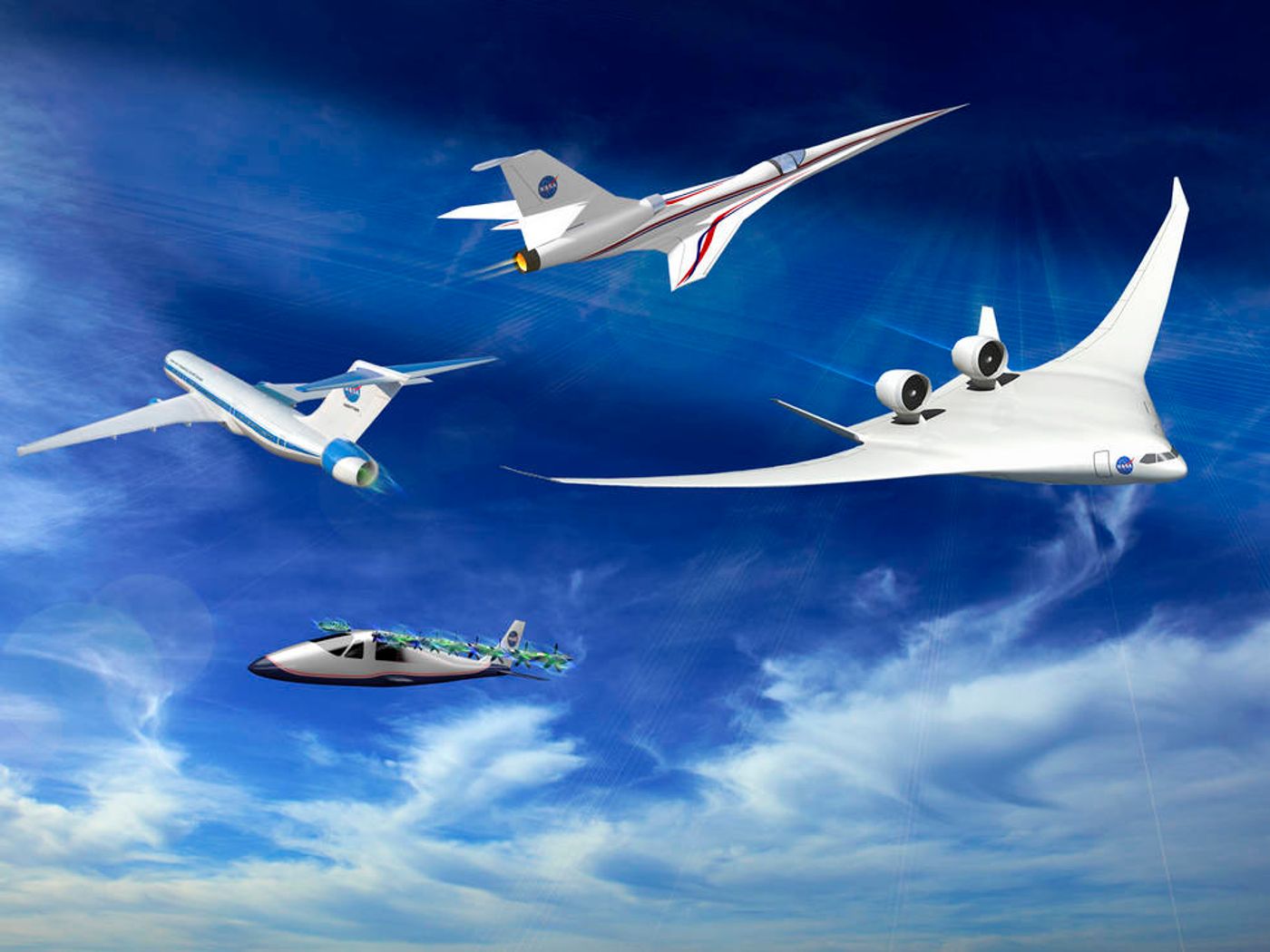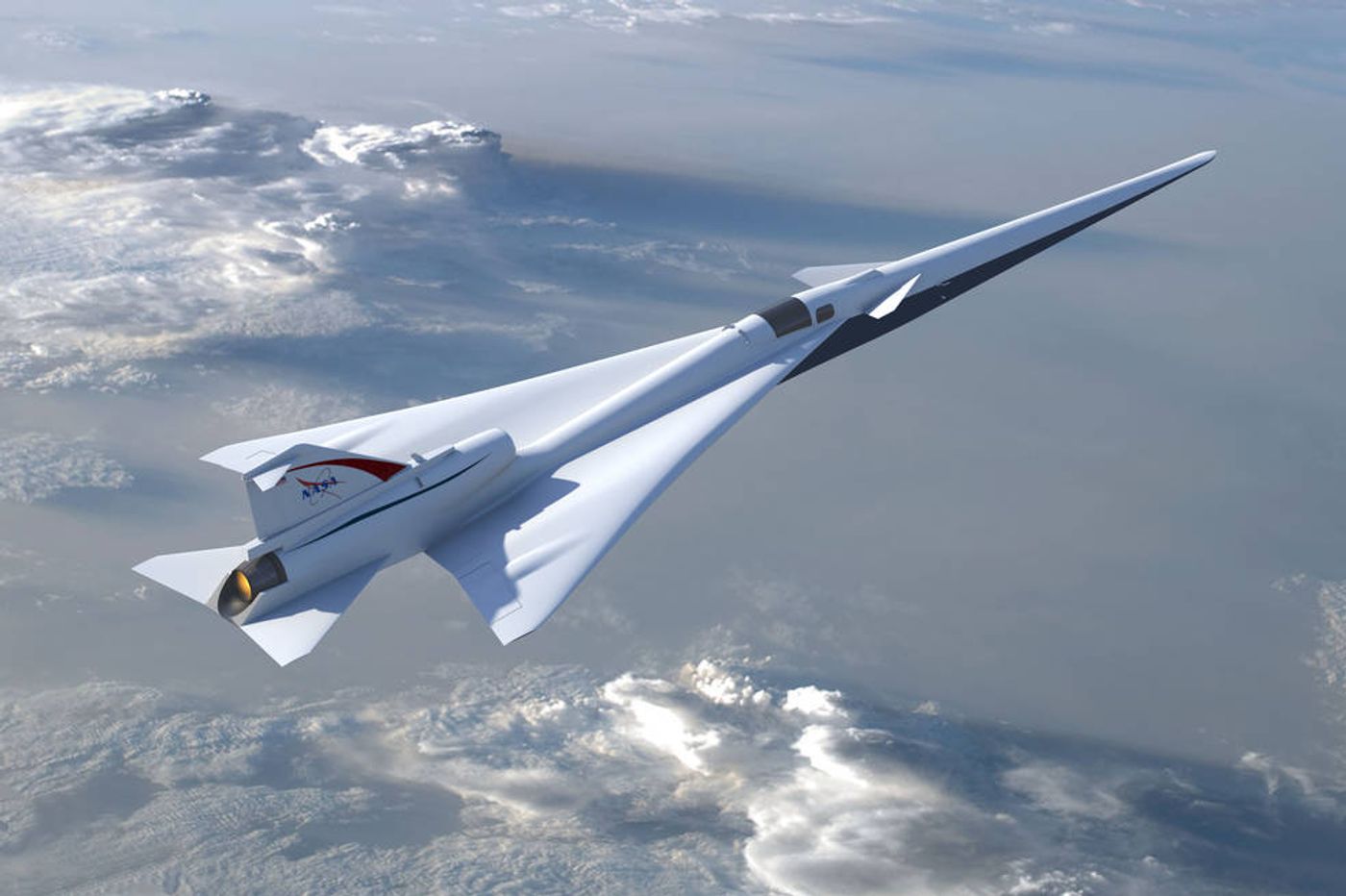NASA Makes Progress On its Low-Boom X-Plane Design
One of the side-projects NASA continues to work on is pushing American aviation to the next generation and re-claiming the agency’s place as the world’s top group of aviation experts.
To do this, the agency reawakened the X-plane concept ideas that were put on hold for years while NASA struggled in the midst of budget constraints and other space-related top priorities.
Image Credit: NASA/Lillian Gipson
Among these X-planes, various models will serve a range of purposes, including but not limited to:
- Higher travel yields with improvements to fuel efficiency
- Quieter operation with subtler “thumps” instead of “booms” at supersonic speeds
- More powerful engines that move aircraft at higher rates of speed
- Improvements to environmental friendliness
So far, many of these X-plane concepts remain just concepts, but one of them is really beginning to take shape as NASA thinks they’ve hit a major milestone in its development.
In particular, we’re speaking of the low-boom supersonic aircraft that NASA strives to build, which would be much more environmentally-friendly with less of a disruption to the general public below when traveling at supersonic speeds.
Image Credit: NASA/Lockheed Martin
NASA achieves this by modifying the shape and size of the aircraft, which is specifically designed to disperse those sonic boom soundwaves into something much less disturbing. In fact, NASA even thinks it would be so silent many wouldn’t even be able to discern it from everyday noise.
NASA is calling the prototype of this X-plane QueSST (Quiet Supersonic Transport), and has reportedly completed its preliminary design review already, which is necessary step before any of the agency’s concepts are able to come to life.
In collaboration with Lockheed Martin, NASA successfully made and demonstrated a scale model of such an aircraft inside of a wind tunnel no larger than 8 by 6 feet that could produce supersonic airspeeds. The data they got back will go towards a full-scale model that will go through further testing.
"Managing a project like this is all about moving from one milestone to the next,” said David Richwine, manager for the preliminary design effort under NASA’s Commercial Supersonic Technology Project. “Our strong partnership with Lockheed Martin helped get us to this point. We’re now one step closer to building an actual X-plane.”
The goal is to have a low-boom flight demonstration X-plane by some time in 2021, but there’s still a lot to work to be done. Transforming a scale model aircraft into a full-sized one and then test-flying it is significantly more difficult than building scale models.
It should be interesting to see what happens with this concept and whether it becomes an everyday occurrence in our skies soon.
Source: NASA










